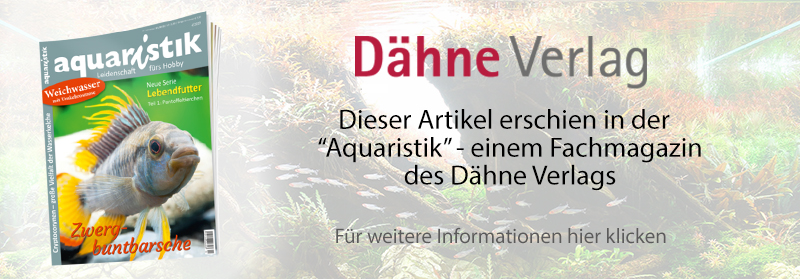Animal trade with wild catches is species protection!
Table of contents
- Lowest risk form of pet keeping
- Freshwater fish- endangered by wild catch?
- Immense reproduction potential
- Reproduction rates
- Why trade with wild catches?
- Active development aid
In recent years, an artificial connection has been established between the trade in wild-caught exotic animals and the species decline that can be observed worldwide. In doing so, the well-known love of animals of the Germans is speculated on and, in addition, completely unfounded fears of dangerous animals and exotic diseases are stirred up. This technically incorrect debate is unfortunately continued to this day. And still some argue for a general import ban of wild caught exotic animals.
Thereby the scientifically incontrovertible fact is completely concealed that not a single animal species has ever been wiped out by the live trade! No mammal, no bird, no reptile, no amphibian, no fish and also no invertebrate. Human-caused environmental destruction, on the other hand, is causing animal species to die out every day and disappear from the earth forever.
Lowest risk form of pet keeping
Diseases transmitted to humans by exotic animals kept in private homes - called zoonoses - are extremely rare and, compared to diseases caused by domesticated pets (dogs, cats, rabbits, hamsters, guinea pigs, poultry), are medically irrelevant. Anyone who observes normal hygiene measures, i.e. washes their hands after contact with animals, does not put animals in their mouths or kiss them and does not allow themselves to be bitten, scratched or stung, will not contract any diseases according to human judgement.
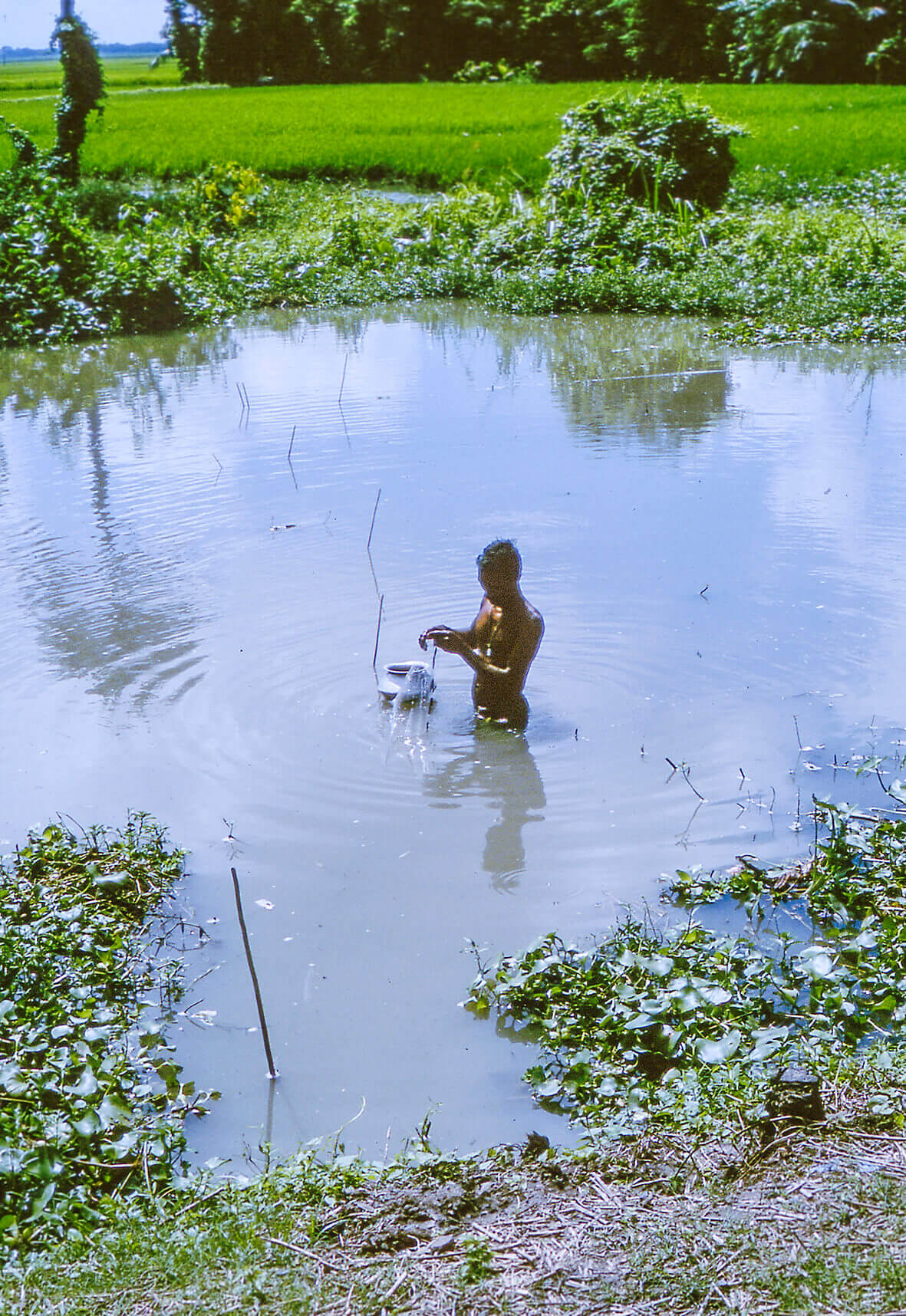
The care of exotic reptiles and fish, as well as invertebrates, is the lowest-risk form of pet ownership imaginable in terms of zoonotic disease risk.
Also, the risk of developing an allergy is almost non-existent with reptiles, amphibians and fish, quite unlike any animal with hair or feathers. So if you are seriously concerned about public health, you need to ban the keeping of dogs, cats, small mammals and birds.
Freshwater fish - endangered by wild capture?
In a scientifically incorrect manner, so-called animal protection organizations establish a connection between animal protection and species protection. Both topics have nothing to do with each other. Animal protection focuses on the individual specimen that is in human care, regardless of whether this specimen is a domestic form or a wild form, captive bred specimen or wild caught.
Species conservation, on the other hand, looks at natural reproductive communities, i.e. a large number of specimens, and tries to ensure their genetic survival through appropriate measures. The individual plays hardly any role in this.
In the following, the effects of the international trade in animals will be analyzed using freshwater aquarium fish as an example (in essence, however, the comments apply to all species considered for private animal husbandry). Approximately 33,300 fish species are currently known worldwide.
The actual number of species is of course difficult to estimate. From experience it can be assumed that about another 15,000 to 20,000 fish species have not yet been scientifically discovered. About half of them are known from fresh water, although only about 3% of the water resources of this planet are fresh water.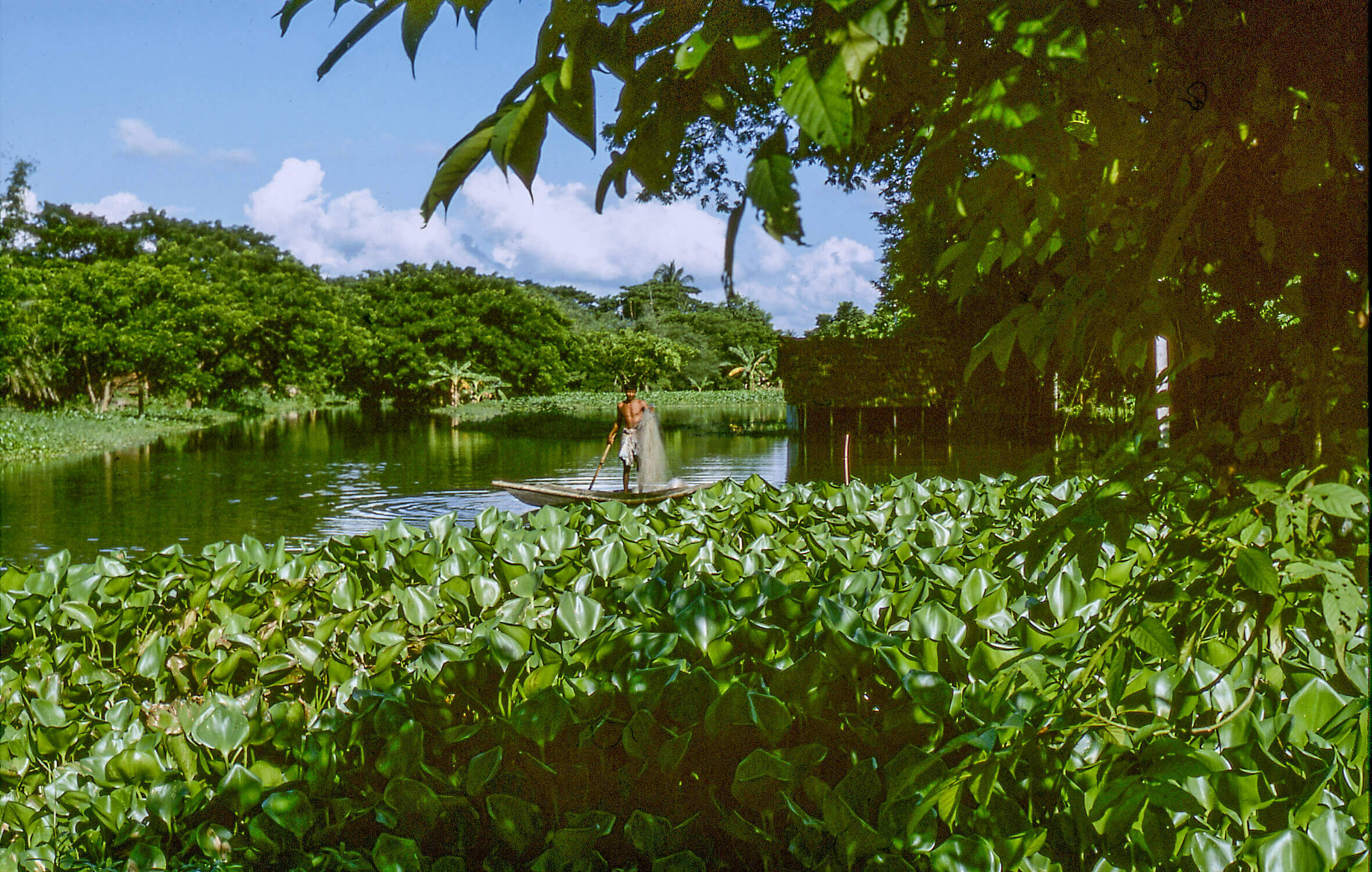
All over the world, ornamental fishing, here on "Lake Duma" in Bengal, ensures a sustainable and environmentally friendly income.
Theoretically, any species of fish can be kept and bred in an aquarium. Nevertheless, of the estimated 16,000 freshwater fish species known to date, only about 4,800 have ever been kept in aquariums (see Mergus Aquarium Atlas Volumes 1-6). Regularly (more often than 1x per year) considerably less species are available in the pet trade, about 200 to 400, all the rest can be considered "rarities", which even enthusiastic aquarists usually never get to see in the course of their lives.
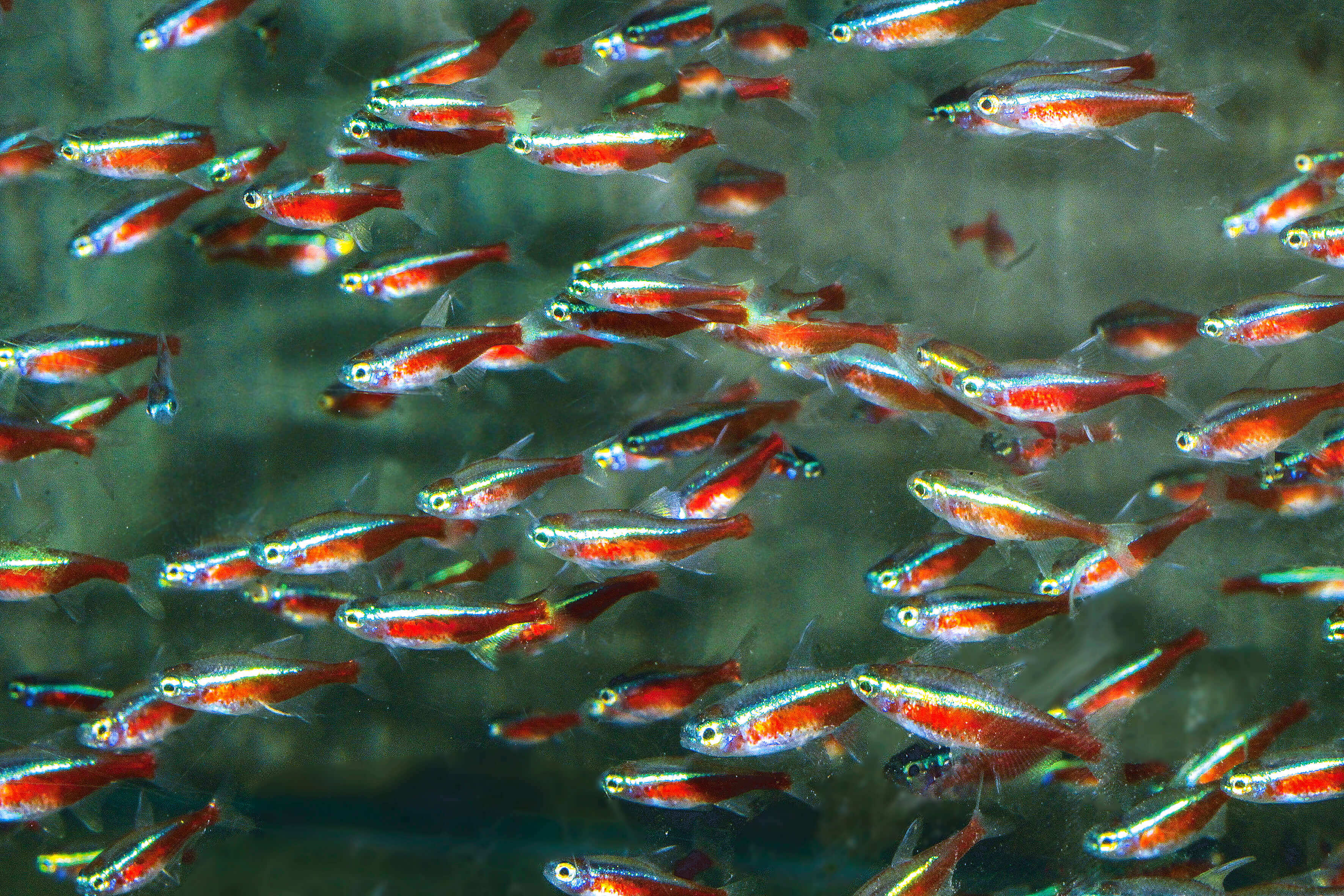
One exception: the Red Neon is still largely caught in the wild.
There are no scientifically tenable indications that there is a need for action regarding the keeping of ornamental fish under animal welfare aspects. The special natural history of the species mainly considered for hobby aquaristics makes overfishing or even extinction completely impossible, because almost all species are stationary small fish. On the one hand they have an enormous reproduction potential and on the other hand they are highly cannibalistic, i.e. they eat spawn, larvae and young fish of conspecifics. This is the reason why most aquarium fish species can only be propagated in special breeding aquariums.
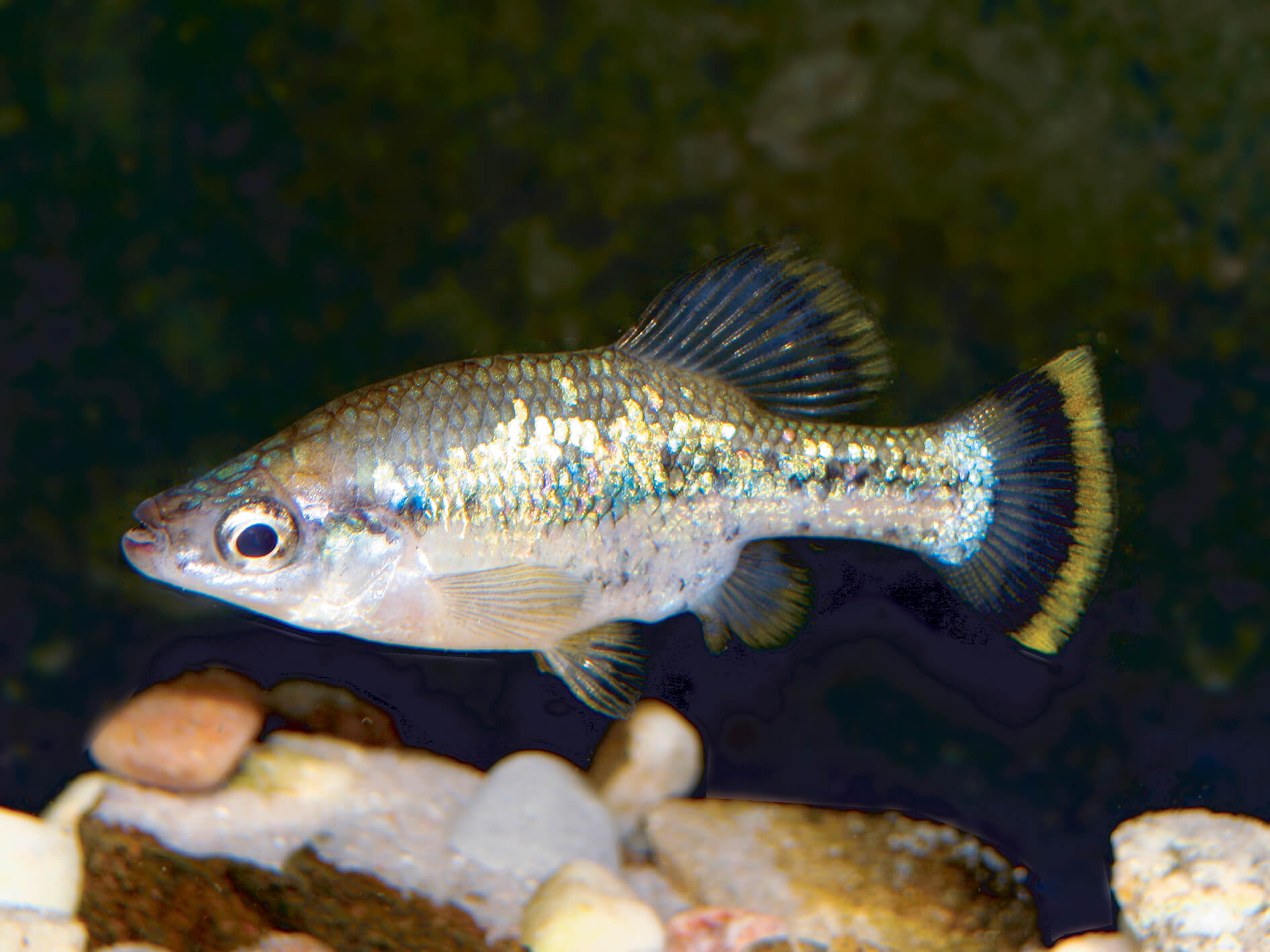
The highland carp Ameca splendens is almost extinct in the wild - that it still exists in good numbers in aquaristics is thanks to enthusiastic breeders.
Cannibalistic conspecifics are the most important biotic factor determining the population size of a wild small fish species. Therefore, the only effect of heavy fishing on such a stationary small fish species is that the wild population grows, not that it shrinks.
Tremendous reproduction potential
This is also shown by the experiences made when trying to eradicate unwelcome neozoa in Central Europe. In the 1870s to 1890s, various species of North American fish and crayfish were deliberately introduced into Germany in order to expand the human menu, with sometimes devastating consequences. The American crayfish Orconectes limosus introduced the crayfish plague, which is deadly to European crayfish and has pushed these species to the brink of extinction to this day.
The sunfish(Lepomis gibbosus) and catfish(Ameiurus melas) have also proved disastrous to the native small aquatic life, as has the bluegill(Pseudorasbora parva) introduced from Eastern Europe in the 1960s as bycatch to stock fish. Every attempt to mechanically destroy or at least reduce the populations of these species by fishing has so far failed miserably. The more adult fish are caught, the more the population increases. Where previously a hundred stately fish lived, a short time later thousands of small, lively reproducing specimens swim after they have been fished away..

The destruction of habitats by humans is the only serious reason for the worldwide extinction of species.
So it is simply impossible to eradicate a small fish species in an intact environment by capture. This is mainly due to the enormous reproductive potential of practically all fish. For even those species that produce only a few young reproduce in huge numbers, compared to mammals or birds. Nevertheless, statistically speaking, of the millions of offspring that a pair of fish can produce, only two specimens ever remain to reproduce again.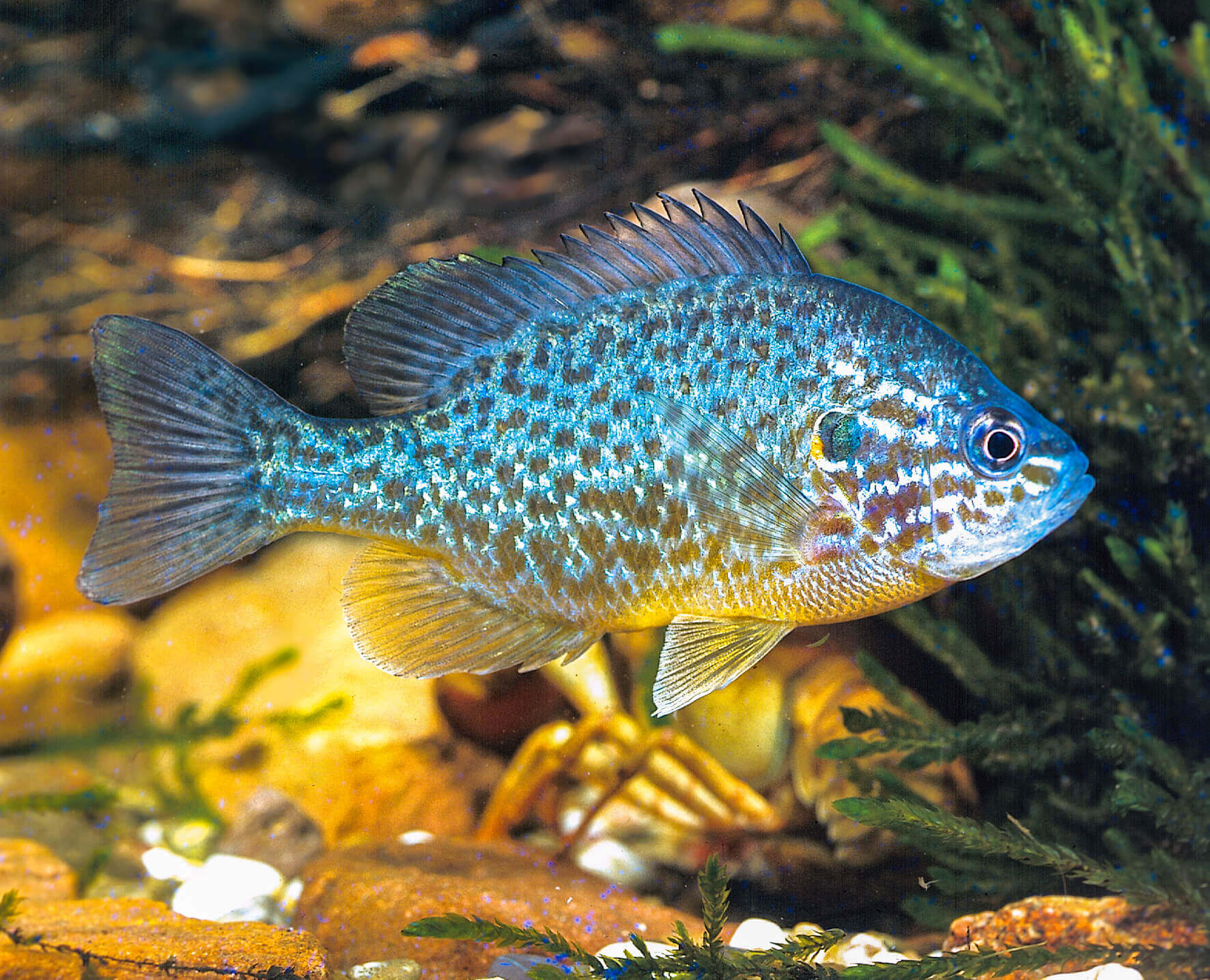
It has never been possible to remove an unwanted species, here the sunfish Lepomis gibbosus, by fishing.
Reproduction rates
Among the species with the lowest productivity in terms of offspring are the livebearing toothcarps, i.e. Guppy, Platy, Swordtail, Molly & Co. They produce only 10-150 young per litter, depending on the size, age and nutritional status of the mother. Compared to egg layers this is a joke, even the tiny Neon tetras spawn 50-100 eggs per spawning run and that every six days, while there are eight to twelve weeks between the litters of livebearers.
Even if a guppy has only ten juveniles per litter, which in turn produce only ten juveniles per litter, and so on, a single initial animal yields a theoretical 19,450 offspring in just over a year after four generations! Assuming 20 juveniles per litter, this is already 46,900 offspring, and at 50 per litter, over 20 million - roughly the amount of red neon exported annually from Brazil.
Mind you, this is the offspring of a single female after four generations in a little over a year! Actual offspring numbers for small fish are considerably higher.
Almost all commercially relevant small fish species - the Red Neon is really an exception - are mainly or exclusively traded as offspring. Not for species protection reasons, the current aquarium fish market demands consistent quality and calculable prices all year round. A natural product is sometimes easier and sometimes harder to catch, sometimes thicker and sometimes thinner, sometimes stable and sometimes unstable, depending on the season. That is why practically all standard fish are traded as offspring.
The overwhelming majority of aquarium owners in the world have little or no interest in the vast diversity of species that straight fish have to offer. The criteria by which these aquarium owners select the stock for their aquarium are completely different: Are the animals easy to care for? Do they look good? Do they get along with the other fish? That is why there is the so-called standard assortment in the pet shop.
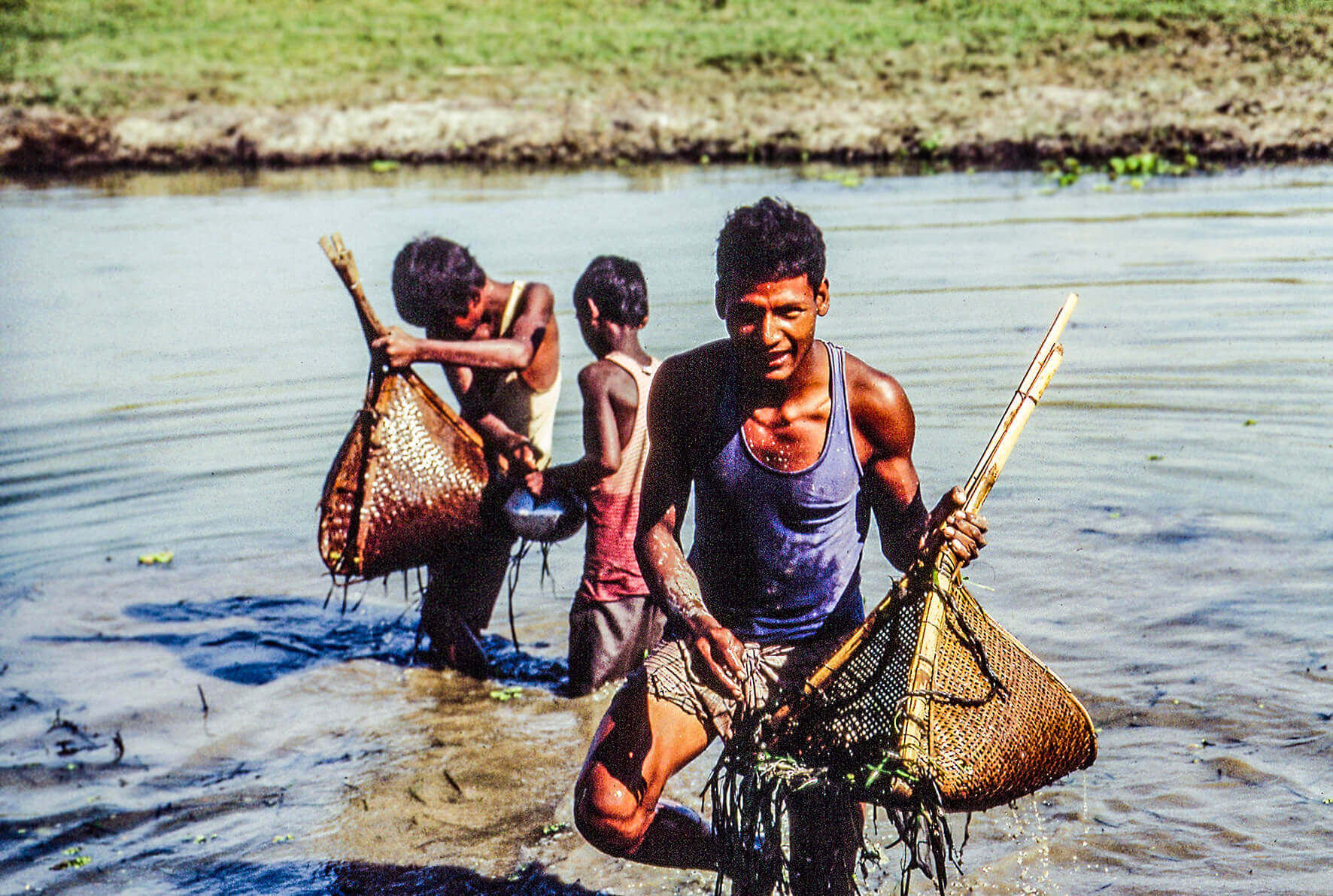
Delta wing catfish Hara jerdoni are caught by hand on the Tista River in India.
According to the International Red List (IUCN, http:// www.iucnredlist.org, accessed June 24, 2016), 65 freshwater fish species are currently completely extinct, the majority of which have never been kept in aquariums, with none cited as a reason for overfishing for the ornamental fish trade. Catching of farmed animals had no influence on the extinction, it is due to the complete destruction of habitats by humans.
Only two species in the critically endangered category have overfishing for the international ornamental fish trade cited as a reason for the decline of free-living populations, namely the Thai shark barb and a large-bodied tiger perch.
Why trade in wild-caught fish?
A small part, about 20,000 aquarists and aquarium hobbyists, are organized in clubs nationwide or internationally, pursue aquarium science more seriously and with a high demand for research. Without exception, everything we know about the biology of small fishes worldwide is owed to aquarium science.
Legal restrictions on the trade, care and breeding of small fish and especially wild-caught fish would unnecessarily endanger species and set back research by decades. The same is true for all small animals, including coral reef fish, reptiles, amphibians, small birds, small mammals, and invertebrates.
Existing laws, especially the Washington Convention on International Trade in Endangered Species (CITES), are perfectly adequate. The listing there does not mean that a species is rare, but so attractive that one fears an endangerment in case of an uncontrolled (!) trade.
However, excessive CITES listing of species is counterproductive. If a species is not relevant for trade, a restriction creates a black market that did not exist before. Species that were previously freely tradable but actually unsaleable and uninteresting to a broad group of buyers suddenly become expensive due to a CITES listing, and that alone makes them the target of unscrupulous, lawless profiteers.
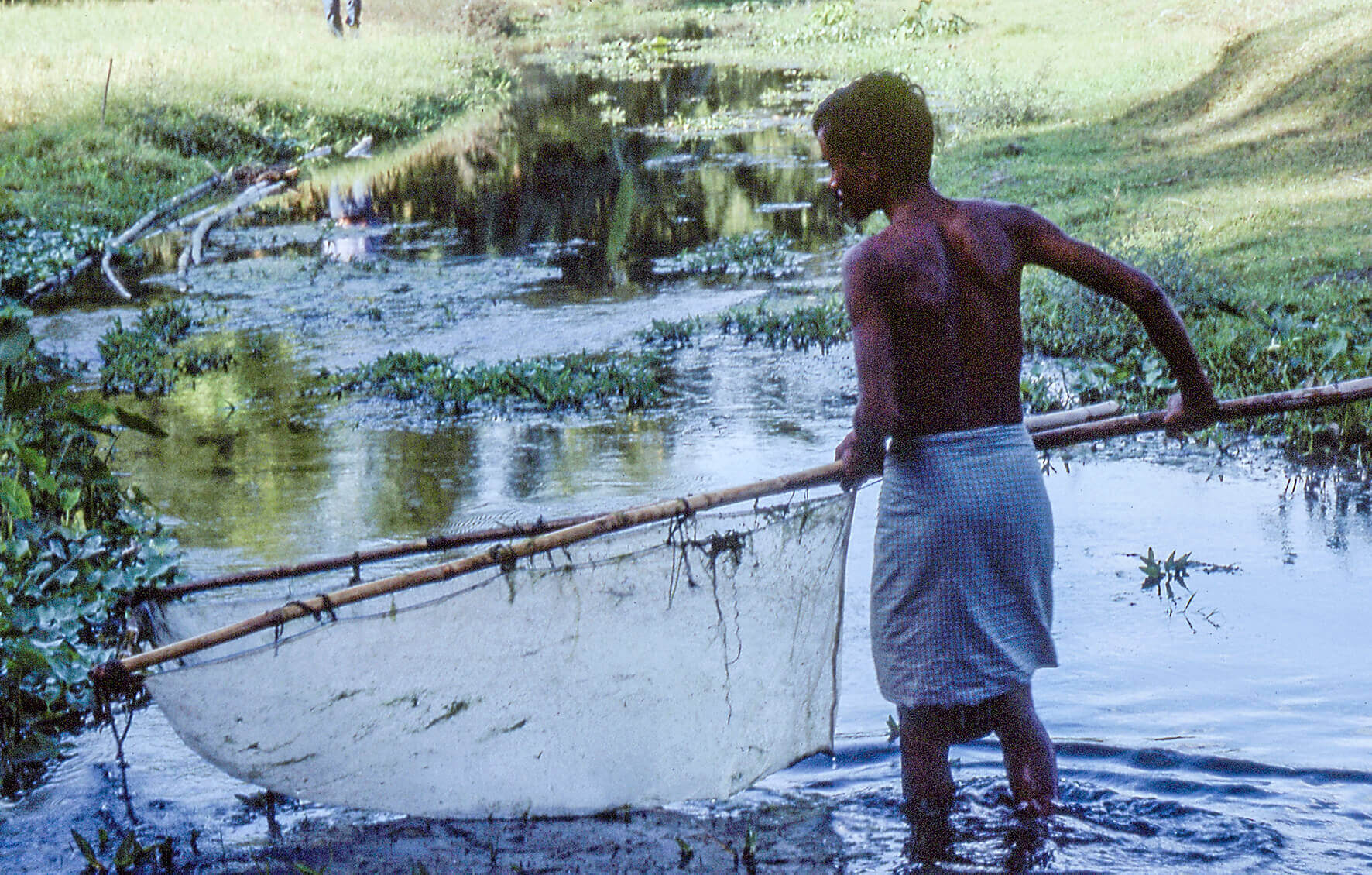
Catch of Dario dario at "Ghotigangga Creek", India.
Active development aid
Catch and trade bans have no positive effect on natural populations, as can be seen from the annually increasing red lists of European small animal species. Not a single European species is maintained in significant numbers as wild catch in private hands, yet more and more are endangered.
The sustainable catch of vivarium animals enables an income from nature in structurally poor countries. This is active development aid! At the same time, worthless wastelands, which are always threatened by slash-and-burn agriculture and reclamation, become economically interesting and therefore worthy of protection and preservation. Since small animals only survive in intact habitats, the purchase of wild-caught animals is direct nature and environmental protection and thus the most effective species protection imaginable.
Text & photos: Frank Schäfer
This text is based on a 2013 text from Aqualog Bookazine No. 1

